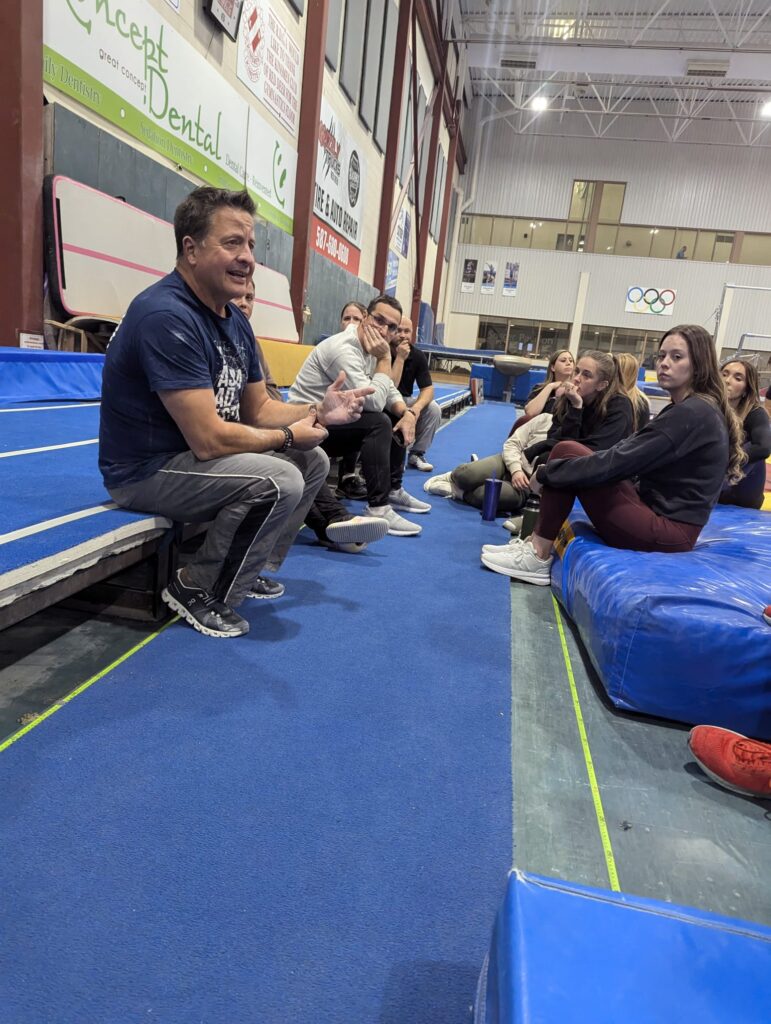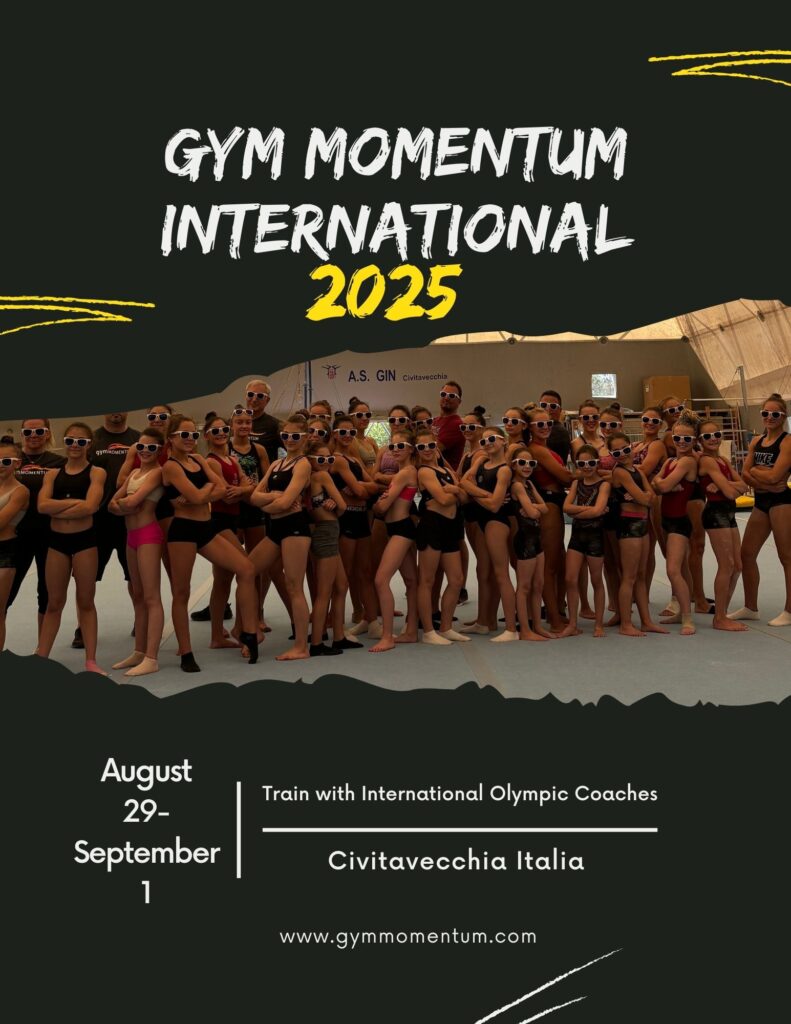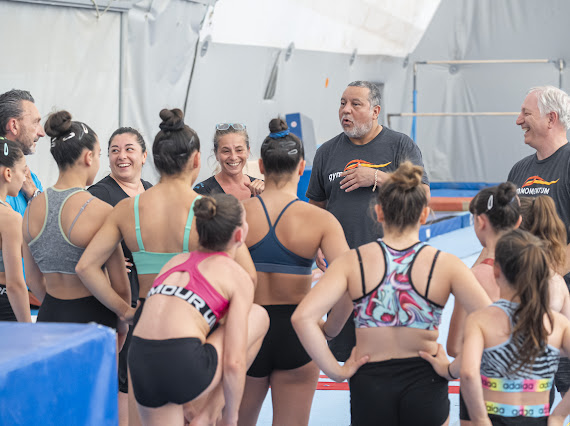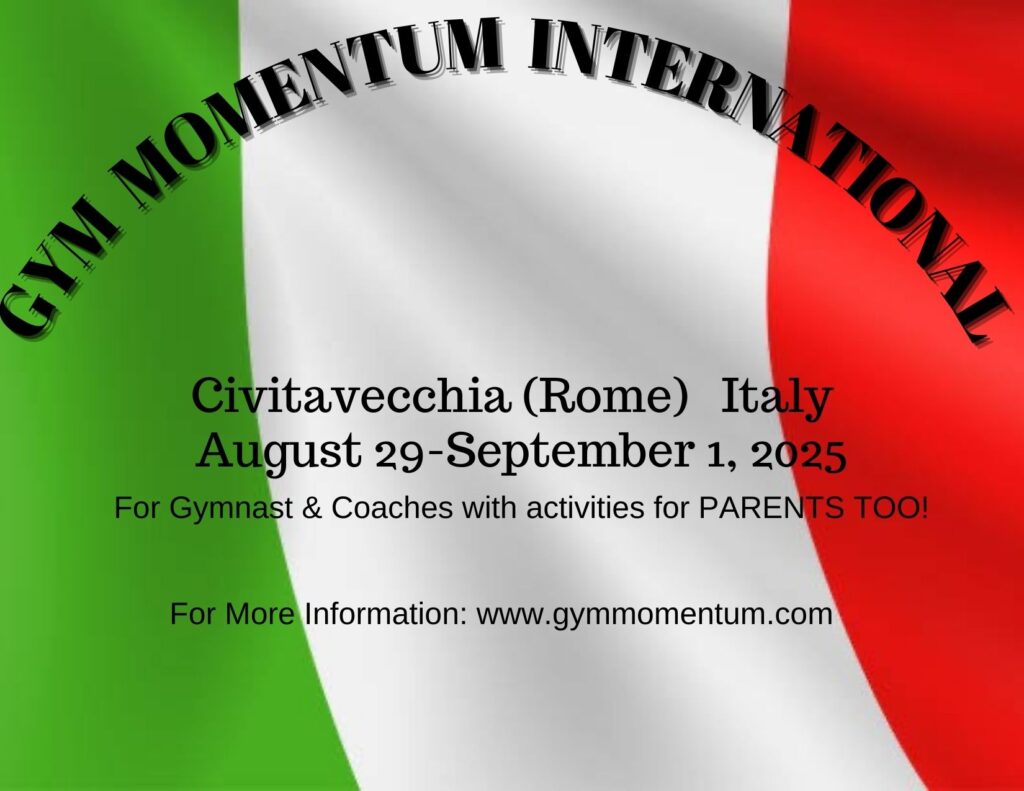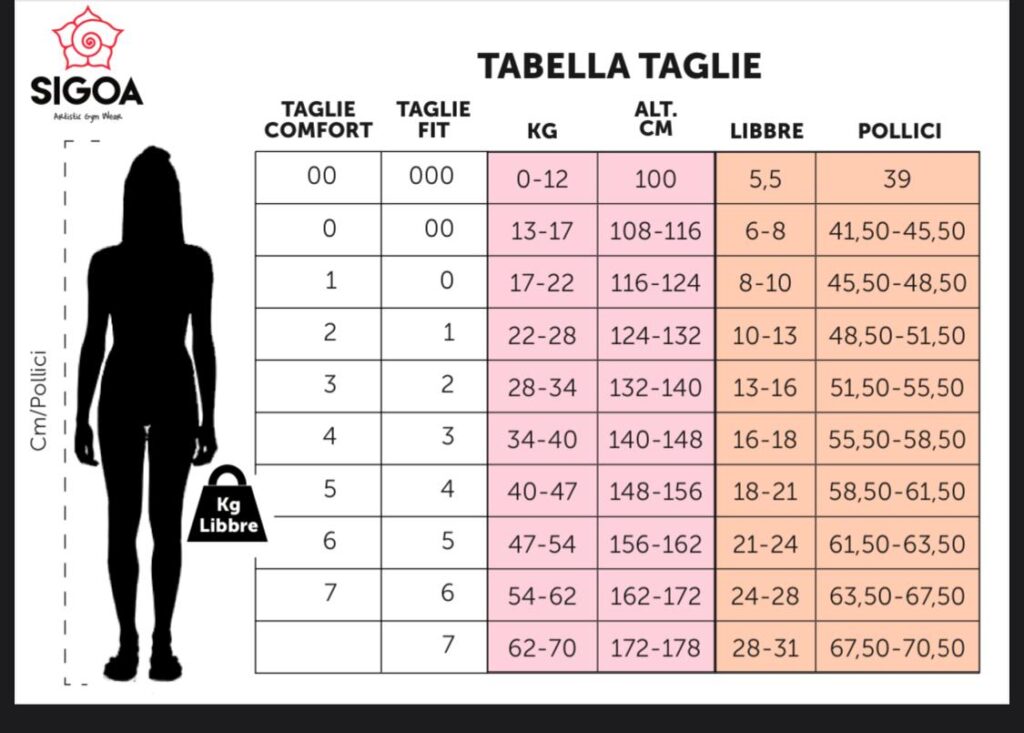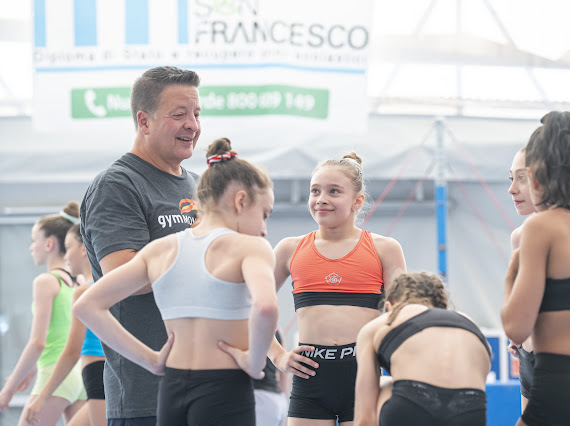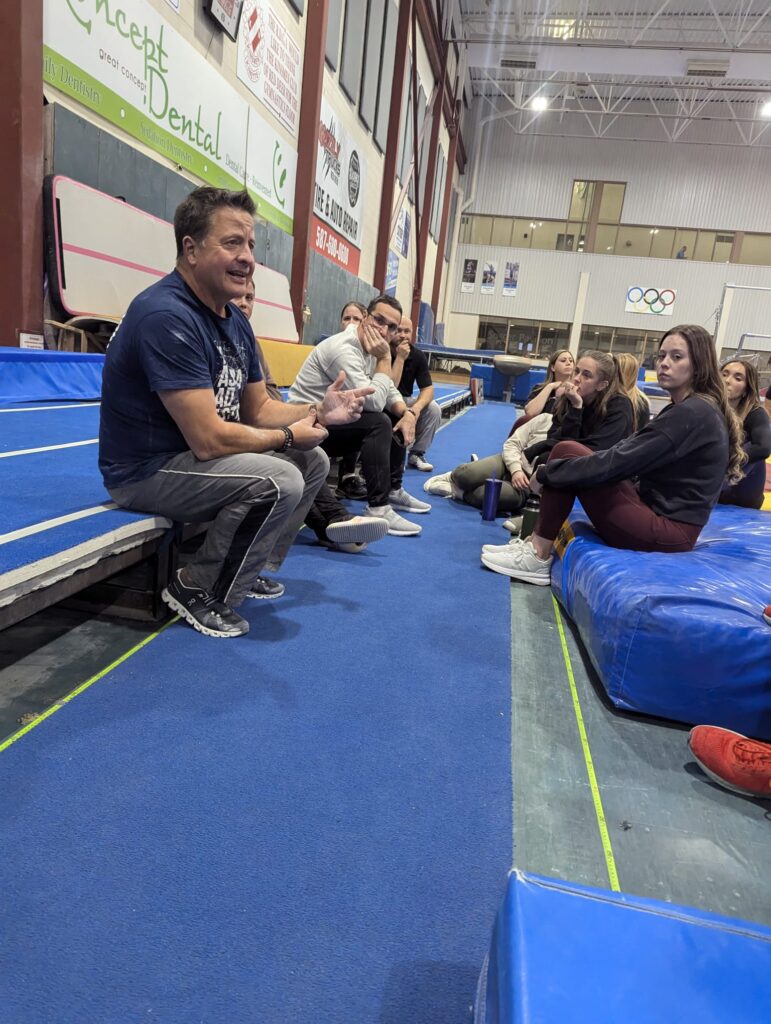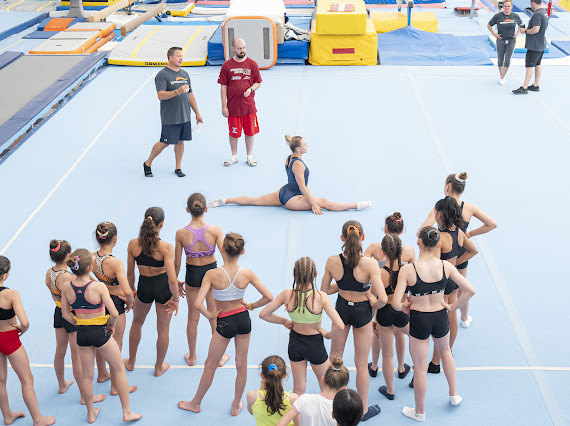Every once in a while, something stops you in your tracks and reminds you exactly why you started.
Recently, I received a message from a coach I’ve known for years. As I read it, I cried — not because I was sad, but because I was overwhelmed with gratitude. The kind of gratitude that wraps around your chest and squeezes gently, saying, “You did it. You made a difference.”
“It’s my first time having an athlete make Nationals and I’m one of the team coaches… I’m very proud of that as this has been a coaching goal of mine for a long time.”
All I’ve ever truly wanted in my career is to be relevant — to contribute something meaningful to the sport I love. What began as helping gymnasts grow and succeed eventually turned into mentoring coaches. And in that message, I saw the fruits of that evolution.
“I don’t know if you remember, but back when I was coaching Level 6… you took the time to have a call with me and we talked about process. How everyone and their dog can teach the skills, but it’s about the way you go about it that will make the difference.”
Yes. That’s it. That’s the core of everything I believe about coaching — that process is everything. That mentorship is just as vital as technique. That how we lead matters just as much as what we teach.
“I refer to the notes I took during that call often, and they are a big part of how I run the program and what I’m trying to build going forward.”
To know that a conversation we had years ago is still shaping the way a coach approaches their athletes, their goals, and their program — that’s powerful. That’s legacy. That’s relevance.
“Thank you for all the time you’ve given me over the years… You’ve been a wonderful mentor, friend, and so much more.”
Reading those words broke me open in the best way. Because in this work, we don’t always get to see the ripple effects we create. We give our time, our thoughts, our belief, and we hope it lands. We hope it helps. And sometimes — when we’re lucky — someone takes the time to tell us that it did.
To that coach: thank you. Thank you for reaching out, for being honest, and for carrying forward the kind of coaching that builds people, not just skills. I’m so proud of you — and I can’t wait to hear about your experience at Nationals.
And to every coach reading this: keep going. Keep giving. Keep having those conversations. You never know which moment will become the one that changes everything for someone else.
This is what Gym Momentum is all about.
Supporting each other. Growing together. Paying it forward.
With deep gratitude,
Tony
Founder, Gym Momentum
